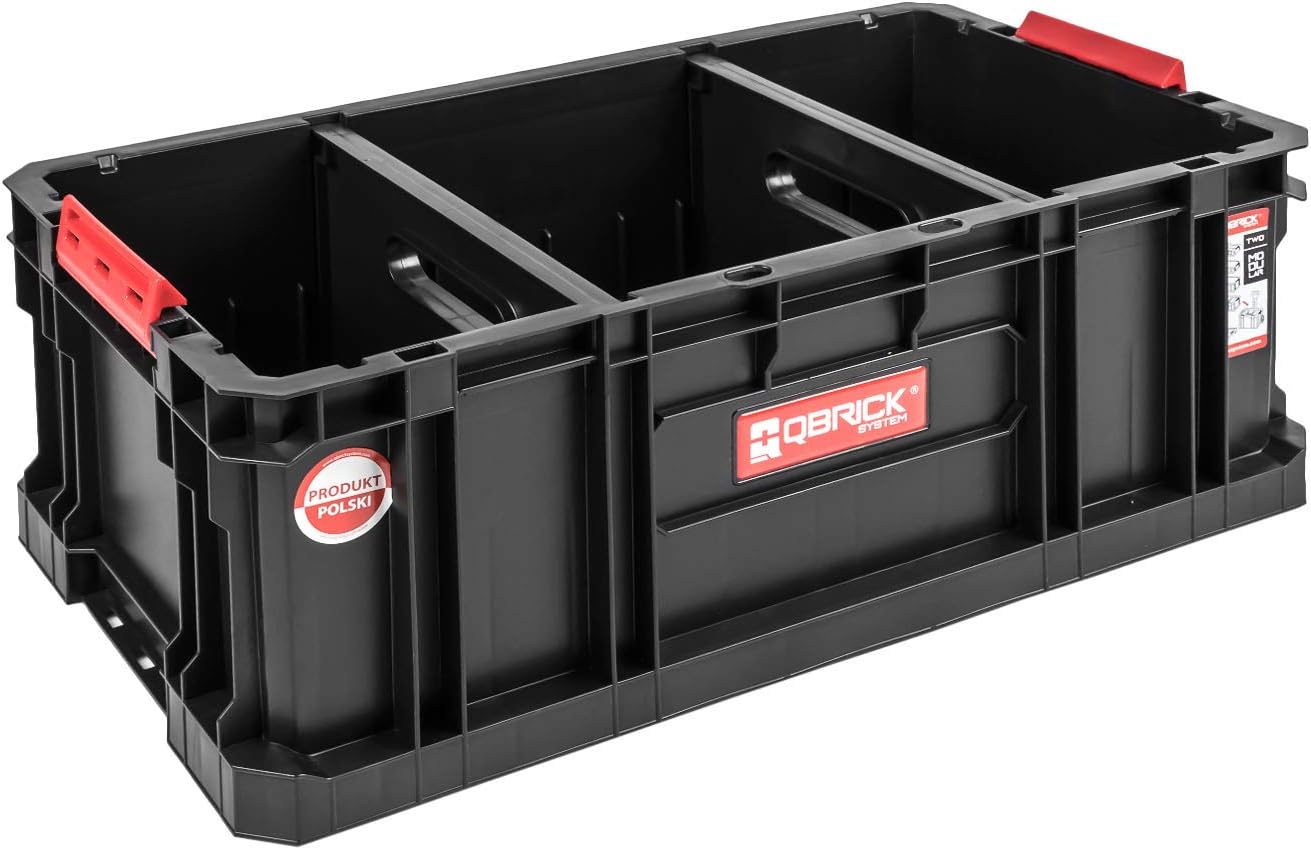About this deal
The flex-wrap property is set to nowrap. This means that the flex items will always remain in a single row or column, overflowing their container if their combined width/ height exceeds the containing element width/ height. Using flex: auto is the same as using flex: 1 1 auto; everything is as with flex:initial but in this case the items can grow and fill the container as well as shrink if required. Before we can make sense of these properties we need to consider the concept of available space. What we are doing when we change the value of these flex properties is to change the way that available space is distributed amongst our items. This concept of available space is also important when we come to look at aligning items.
The result of this is that your items will all line up in a row, using the size of the content as their size in the main axis. If there are more items than can fit in the container, they will not wrap but will instead overflow. If some items are taller than others, all items will stretch along the full length of the cross-axis. The shorthand you often see in tutorials is flex: 1 or flex: 2 and so on. This is as if you used flex: 1 1 0 or flex: 2 1 0 and so on, respectively. The items can grow and shrink from a flex-basis of 0. If we have three 100 pixel-wide items in a container which is 500 pixels wide, then the space we need to lay out our items is 300 pixels. This leaves 200 pixels of available space. If we don't change the initial values then flexbox will put that space after the last item. We will take a brief look at these properties in this overview, and you can gain a fuller understanding in the guide Controlling Ratios of Flex Items on the Main Axis. Setting flex: initial resets the item to the initial values of flexbox. This is the same as flex: 0 1 auto. In this case the value of flex-grow is 0, so items will not grow larger than their flex-basis size. The value of flex-shrink is 1, so items can shrink if they need to rather than overflowing. The value of flex-basis is auto. Items will either use any size set on the item in the main dimension, or they will get their size from the content size.
Known issues
Flexbox ignores overflow: hidden and expands the flexbox child when the content is larger than the child’s width. In both cases the start edge of the cross-axis is at the top of the flex container and the end edge at the bottom, as both languages have a horizontal writing mode. An area of a document laid out using flexbox is called a flex container. To create a flex container, we set the value of the area's container's display property to flex or inline-flex. As soon as we do this the direct children of that container become flex items. As with all properties in CSS, some initial values are defined, so when creating a flex container all of the contained flex items will behave in the following way.
The live example below allows you to test out the different values of the flex shorthand; remember that the first value is flex-grow. Giving this a positive value means the item can grow. The second is flex-shrink — with a positive value the items can shrink, but only if their total values overflow the main axis. The final value is flex-basis; this is the value the items are using as their base value to grow and shrink from. Using flex: none will create fully inflexible flex items. It is as if you wrote flex: 0 0 auto. The items cannot grow or shrink but will be laid out using flexbox with a flex-basis of auto.
Further reading
You can also use the value space-between to take all the spare space after the items have been laid out, and share it out evenly between the items so there will be an equal amount of space between each item. To cause an equal amount of space on the right and left of each item use the value space-around. With space-around, items have a half-size space on either end. Or, to cause items to have equal space around them use the value space-evenly. With space-evenly, items have a full-size space on either end. While flexbox is a one dimensional model, it is possible to cause our flex items to wrap onto multiple lines. In doing so, you should consider each line as a new flex container. Any space distribution will happen across that line, without reference to the lines on either side. If you set box-flex to 0, Firefox forces the element to act like it’s using the quirks-mode box model. The two 2012 specs are roughly equivilant in terms of features, differing mainly in syntax. The earlier 2009 spec is less comprehensive though covers a lot of the same ground. Another vital area of understanding is how flexbox makes no assumption about the writing mode of the document. In the past, CSS was heavily weighted towards horizontal and left-to-right writing modes. Modern layout methods encompass the range of writing modes and so we no longer assume that a line of text will start at the top left of a document and run towards the right-hand side, with new lines appearing one under the other.
 Great Deal
Great Deal 